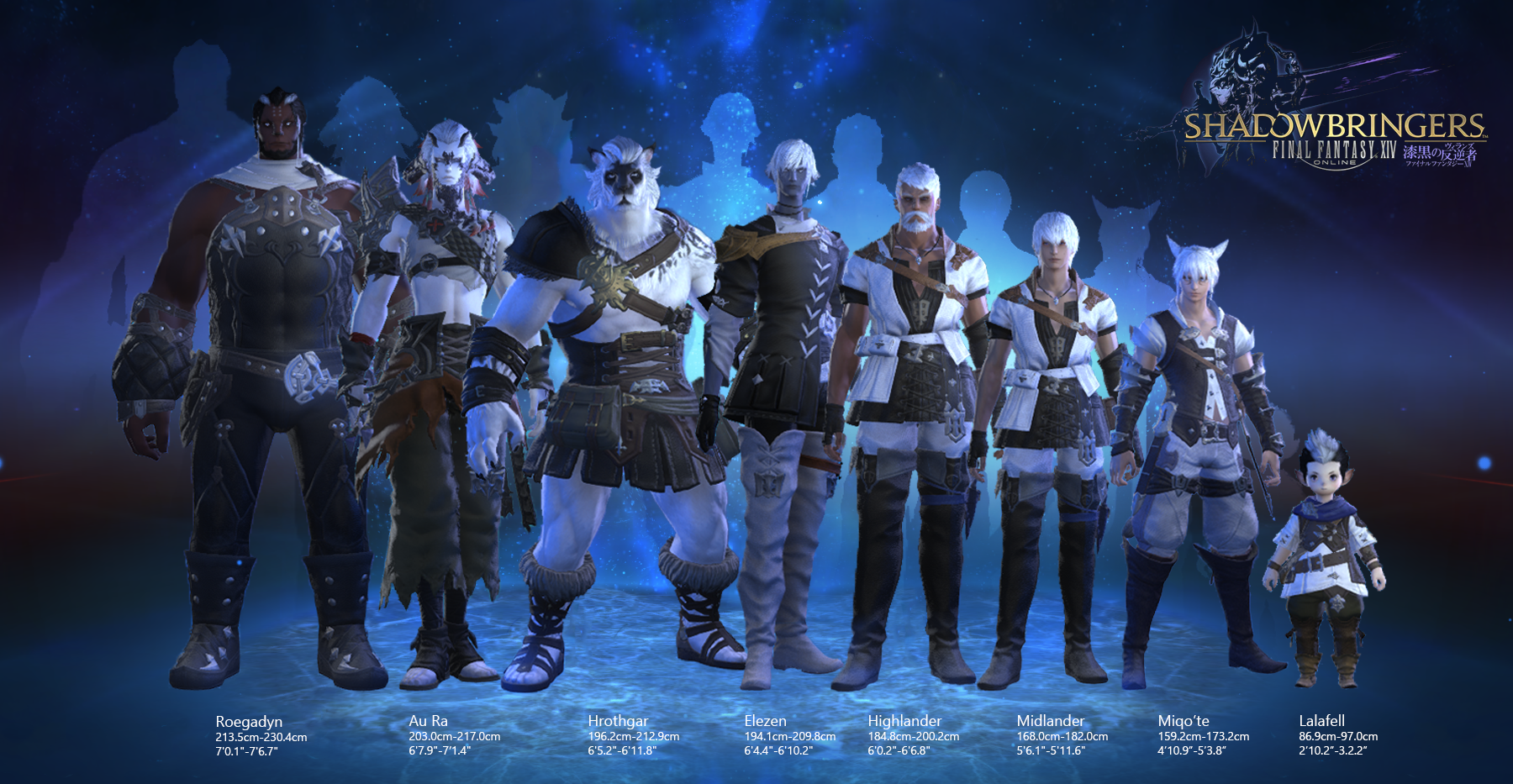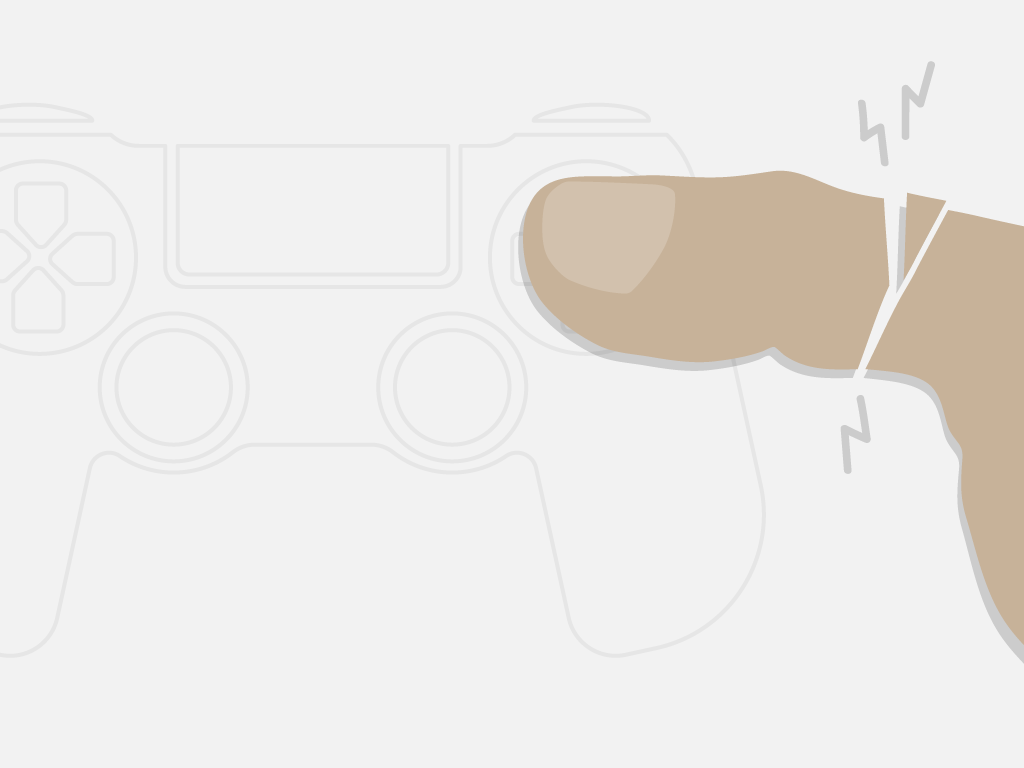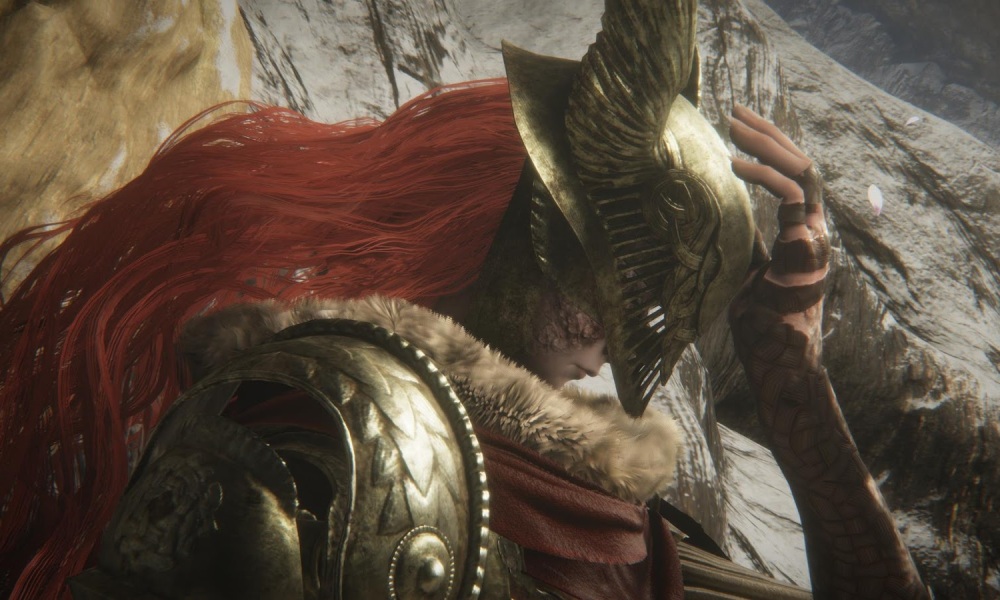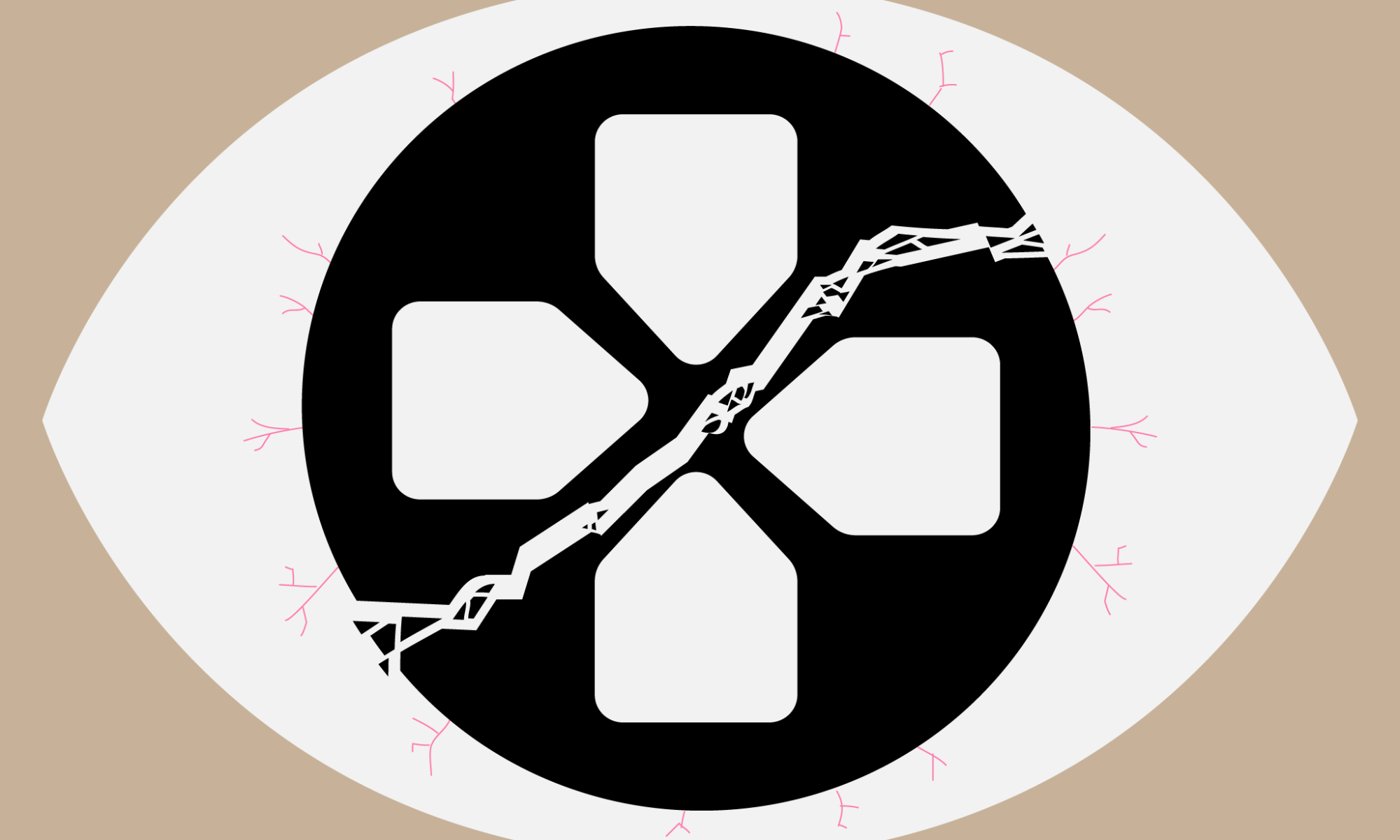
On one fine weekend night, while playing Square Enix’s critically acclaimed MMORPG Final Fantasy XIV, a fellow Free Company (FC) member organized a game of Hide and Seek for us to play together. He had arranged to hide himself in different maps, and we were tasked to locate him. The person with the highest score of quickest finds, wins the game. I applaud at the fantastic attempt, but sadly, I won’t go as far to call the game a success. Let’s just say that the team started off the game with sky high enthusiasm, but after the first round, you could feel the joy being sucked out entirely and there was only tense frustration in the air.
It was a mix of comedy and horror to hear my friends yelling for clues over Discord while frantically flying everywhere trying to locate the tiny Lalafell, hiding in the most secluded, unthinkable places. It took us a very long time to find him, and this was after half yelling, urging, and threatening the poor fellow to give us better, stronger clues that were more than just vague descriptions like “I can see some rocks!” while hiding in a place literally surrounded by… you guessed it, rocks!

After two agonizing hours, the game was finally wrapping up, there were a few remaining players who were at their wits end, along with one very, very apologetic game host. In his defense, that is how Hide and Seek was played. But because the game was played in a vast online world with little control or organization, it became difficult, and people quickly lost their motivation to play.
The thing is, even though the event was no doubt a cookie cutter execution of the actual Hide and Seek, everyone unfortunately had the opposite of fun. The winners of the game could soothe their frustration with goodies bestowed by the game host, but for those who unfortunately did not win, were left with grumbling discontent. Of course, this was soon forgotten as we all went gallivanting to other prospects.
The incident is a reminder of the volatility in temperament of gamers especially when confronted with poorly designed games.

One of the trickiest parts of the game design process is to set the difficulty level of the challenges because a game without challenges will quickly bore its players. At the same time, the players also expect challenges that they can complete. Hence, the age-old conundrum of balance that even the most seasoned game developers struggled to find. A game is suppose to satisfy players with a rewarding playful experience not only through gameplay but also indulging the emotional responses experienced by the players.
Like how FromSoftware leveraged the difficult genre in their latest game, Elden Ring that followed their classic Souls’ series formula. While the enemies are notoriously difficult, the gameplay is equally challenging where players have to time their actions to parry, dodge, and attack. It can be frustrating when you have to repeat the fight with the same boss multiple times, but the game experience allows the player to study the enemy and learn to play better. Director Hidetaka Miyazaki stated that while he has no intention to make the game more difficult from the previous titles, he does intend to make this type of challenging games where it rewards players with a sense of accomplishment by overcoming tremendous odds.

Researchers have suggested that good game design should generate constant enjoyment. The gameplay must have clear rules defining the outcome and winning conditions to maintain positive emotions that build a playful experience. These conditions are the basis to the preferable state of mind, or approach to activities that makes players feel good and thus motivates them to keep on playing the game continuously.
The emotional responses may be fleeting, but the positive emotions from a satisfying playful experience was observed to have substantial psychological benefits like greater problem-solving skills, strengthening social bonds and general happiness.
So, you can understand that after this incident, any mention of Hide and Seek in my FC was met with much chagrin. The lack of a satisfying end to the game did not sit well with the players.
However, it was a different story when another FC member arranged a similar game for us to play. The game followed the simple rule of seeking treasures where he had hidden various items around the FC house for us to seek out. We were given a clear set of objectives of what to find or a general theme like ‘Find the Fishy’ (you find fishes, basically) and we had to find all items within a manageable time frame. What the people liked about this game is that it occurred within a small, controlled environment, there were also clear indications of increased difficulty levels for each location where items were hidden. Not only were players motivated to keep on finding the treasures, but they were also enjoying themselves too. There were cheers of joy every time someone found an item, and that encouraged the others to keep on looking. In the end, even though some of us did not manage to find all the treasures, we all had fun and that is all that matters.
It is easy to overlook the importance of an enjoyable gameplay. The lesson here is to remember to have a balance in the difficulty level of the gameplay, and, reward players with a playful experience, or else players will not be amused!


You rants are the best 🙂